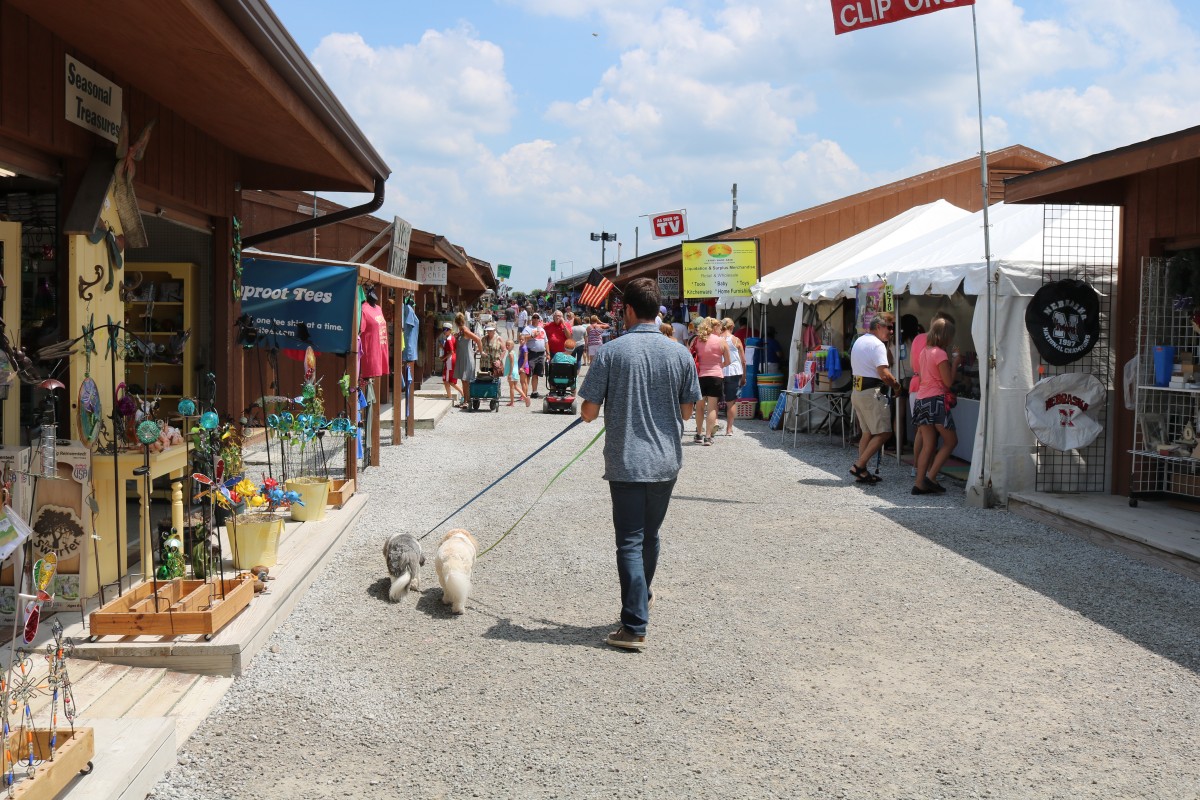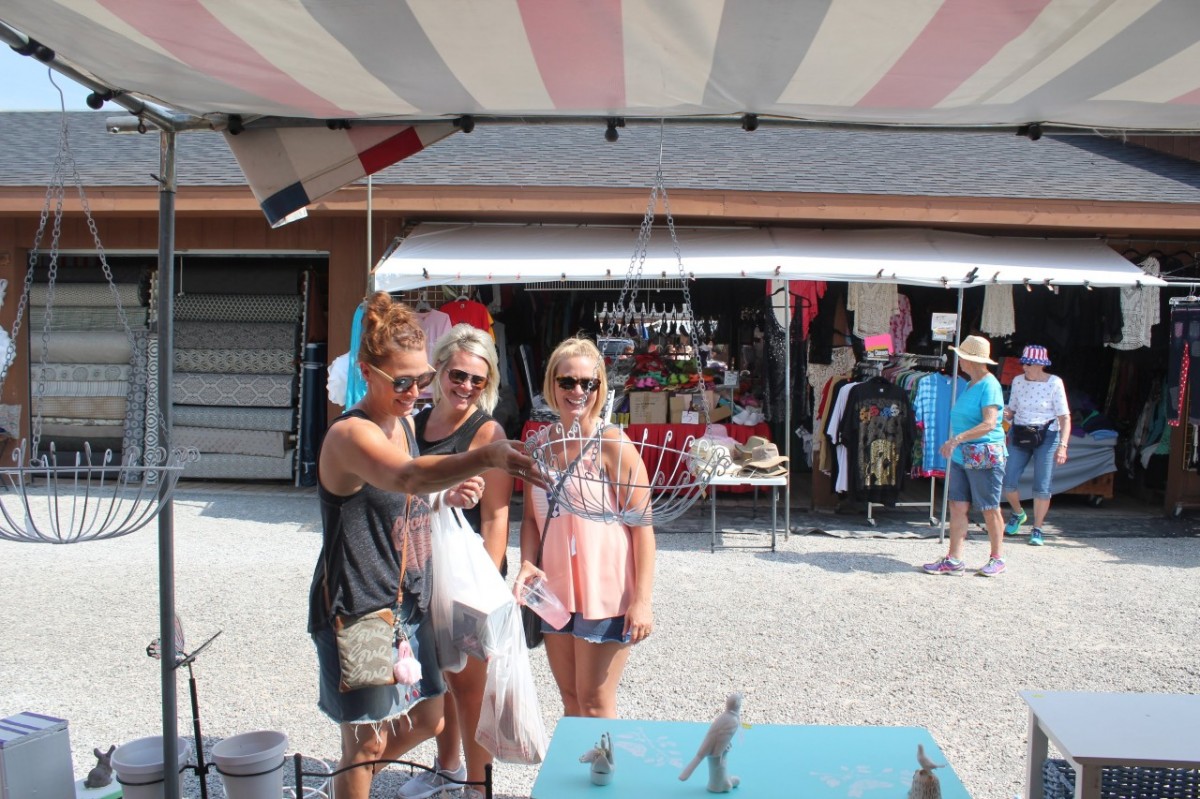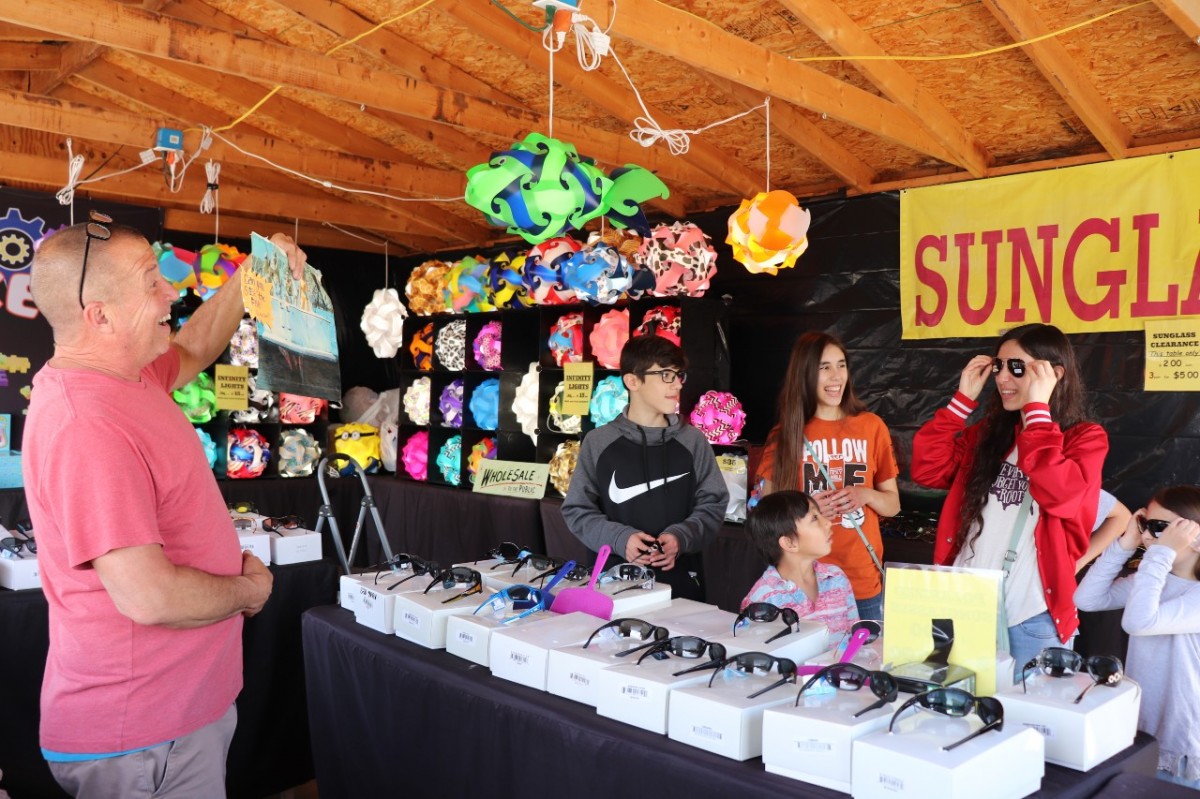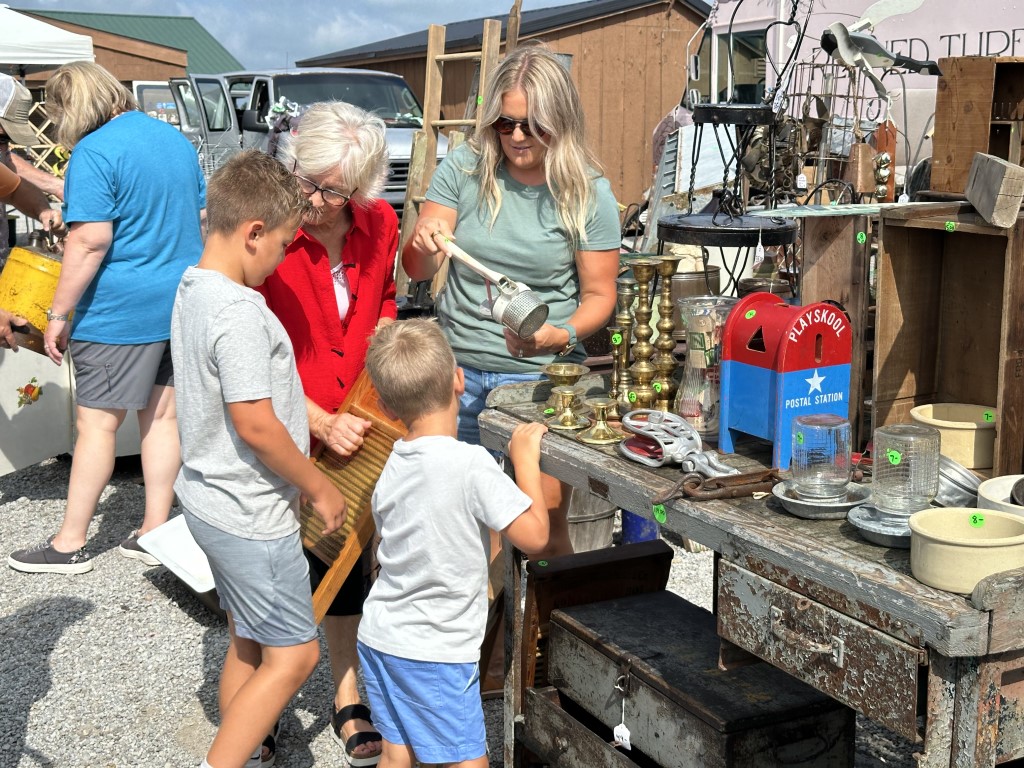Discover 12 ways you can take customer cues and turn them into profitable changes for your flea market business.
Once you have finalized your setup, and are satisfied with the overall layout and shopping flow of your space. Now is where the real work begins.
Most of our tips settle on an underlying notion that the vendor is able to imagine the needs of the customer.
But when you can’t imagine the needs of the customer… that’s where this blog comes in!
Ever heard of the “Let Pedestrians Define the Walkways” theory?
As colleges build and expand, the growing trend is to wait on paving any type of sidewalks until the end of the college year.
In doing so, this allows students to predetermine the best walkways. At the end of the school year, find where the grass is worn, and pave the sidewalks there.
Well, the same can be said about your flea market booth. Observe, and let the customers decide. Build your business around what the customers want.
Your customers will give you cues in more ways than one. Listed below are questions to ask yourself as you observe your customers.
Traffic Flow & Physical Setup
1. Are customers knocking things over in a particular spot in your booth?
This one’s a little obvious, but think about the flow of your space and the size of your customers. You don’t want to embarrass anyone because they feel like they can’t move around in your space.
2. Do customers squint when they look at your signs?
Make your signs big and legible. If they can’t read them, then they’re not getting the information they need!
3. How long do customers linger?
Are they coming in and turning right back around? OR are they coming in at all? Grab their attention and continue to pull them inside by keeping the flow of the booth so one thing after another keeps drawing them in.
Verbal Cues
5. What do customers comment on the most?
Is it something positive or negative? Is it something that can be used to strike up a conversation and keep customers in your booth longer OR maybe a chance at creating a new product? If it’s more of a negative comment, use that to change and enhance your space or product.
6. Are you asked if your online? Or when and where your next show is?
If you’re not online, you should be. This doesn’t necessarily mean you have to sell online, but at least have a presence on at least one social media channel. You can list where all your events are for the year, post new products you are launching, as well as, create awareness about your business!
Read: The Facebook Talk: 3 Reasons Why Flea Market Vendors Should be on Facebook
7. Is there anything they complain about?
Low lighting? Tripping hazards? Or maybe they are complaining about a competitor! Use this as marketing leverage to up-sell your product! If you are needing some customer service tips, try this blog: 3 Customer Service Tips You Should Use When Selling at Flea Markets
8. What questions are you asked all the time?
You could make signs or posters with the answers to common questions?
Sometimes it’s easier for customers to simply not ask you questions, which could ultimately result in the loss of a sale.
Product Sales
9. What do customers come in and touch or look at first?
If you are selling more than one product, find the product that is going to draw people from the aisle and into your booth. Then ask yourself if they are buying that item or something else? If they aren’t, why? Is it priced too high?
10. Which product has the least sales?
Take a look at your inventory, which products are customers not buying? Maybe it’s time to reevaluate that item or use it to increase sales of another item.
Read: Flea Market Booth Display Tips: “Sale” Section & Avoid Display Tables for creative ways to move old/unwanted inventory.
11. Is there a trend of customers buying 2 different products together?
I love this one. It seems so obvious, but when I walk around flea markets, I don’t see this practice being used very much. Do you have multiple customers buying 2 (or more) different products together… are they naturally pairing things and buying them to use as a whole?
Example: Let’s say you sell accessories. You have a handbag section, wallet section, jewelry section and hat section. You decide to keep the different sections separate so he seems clean and easier for customers to find what they are looking for… but you notice a certain wallet and purse are bought together most of the time.
Take this as a cue! Set up a cute display pairing the wallet and purse together (do the work for the customer by creating a special package special). This is a great way to sell more than just one item at a time ultimately increasing your sales just by “bundling”!
12. Do you get repeat customers?
If you do, this can tell you a couple things. This can tell you that customers like something about you or your product, it can also tell you that you that you are properly communicating your events and shows (because they are finding you!).
If you aren’t getting repeat customers, try some of the tips in this blog: How to get Repeat Customers to your Booth (5 Tips)
Key Takeaways about Turning Customers Cues into Money
- Let Pedestrians Define the Walkways.
- Allow customer cues to define the adjustments you make in your business, whether that be with:
- customer service
- products
- physical setup or
- all-around business goals.
- Listen to your customers and…
- continually change and adjust so your business is always reaching to be its best.





